Our ultimate destination was Newgrange, the 500o year old Mesolithic era burial mounds that predate the pyramids of Egypt by about 1000 years. One of three known tombs (the others are nearby Dowth and Knowth) in the area, known to have played several significant roles for local peoples through the ages. At dawn on the shortest day of the year, a single ray of light creeps along the floor of the (20 metre) entrance corridor and illuminates the crypt for just 17 minutes. To see this, one enters a ballot - keep your fingers crossed for me.
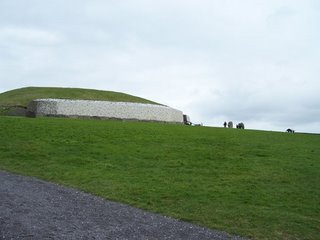
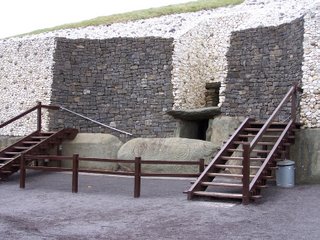
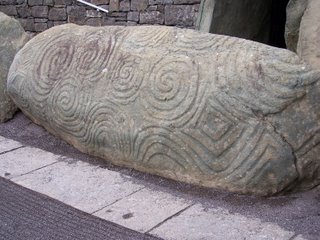

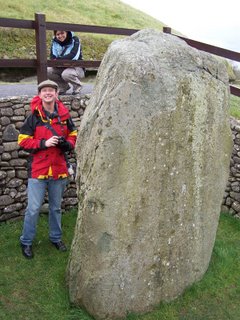 Enroute, we passed through the Boyne valley where, in 1690, the Battle of the Boyne ranged up and down seven miles of the banks of the Boyne river at high summer (July 1). It was at this battle the catholic King James II of England was beaten by William of Orange, securing William's claim to the throne, through his wife Mary (James' protestant daughter). The Irish Jacobites, supported by the French, fought on for another year, but this battle is said to have turned the tide. The war of religion between Irish Protestant and Catholic has been fought through the centuries since...
Enroute, we passed through the Boyne valley where, in 1690, the Battle of the Boyne ranged up and down seven miles of the banks of the Boyne river at high summer (July 1). It was at this battle the catholic King James II of England was beaten by William of Orange, securing William's claim to the throne, through his wife Mary (James' protestant daughter). The Irish Jacobites, supported by the French, fought on for another year, but this battle is said to have turned the tide. The war of religion between Irish Protestant and Catholic has been fought through the centuries since...
P'raps best of all though, was the blustery hour or so we spent on the hill of Tara, home and Coronation point for at least 142 High Kings of all Ireland, ranging from more than 2500 yrs BC up to the 'golden age' (5th-9th centuries) of poets, scholars, bards and craftsmen. Tara is only 500 ft above sea level, but the lie of the land means that on a clear day you can see more than 20 of the island's 31 counties. The buildings are all long gone, but a series of ditches and mounds inspires the imagination with images of what might once have been. On top of the Kings Seat (the highest mound) sits the Lia Fail (stone of destiny), which legend says was brought to Ireland by the godlike Tuatha de Danaan, and roars when touched by the rightful king. The Rath of the Hostages contains a burial chamber akin to Newgrange (though MUCH smaller) and aligned to the sun's light on the old pagan festival days of Imbolc (Feb 4) and Samhain (November 8). You can see fabulous aerial shots of the site here.
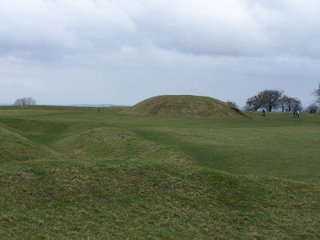
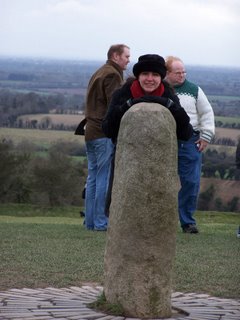



No comments:
Post a Comment